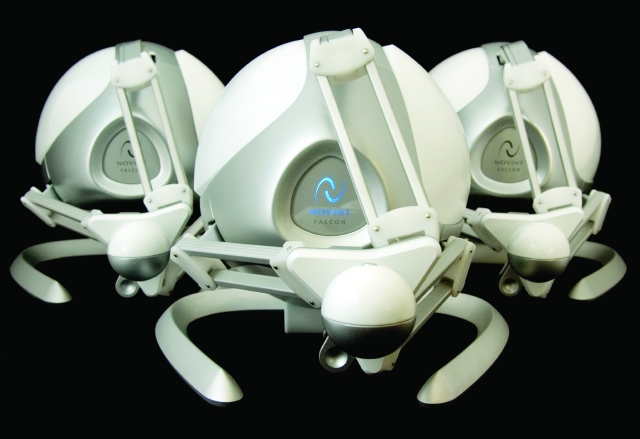Bird Of Prey
Introducing The Novint Falcon


Careful! You could put an eye out with that thing.
Courtesy of Novint Technologies, Inc.
Latest Article|September 3, 2020|Free
::Making Grown Men Cry Since 1992


Careful! You could put an eye out with that thing.
Courtesy of Novint Technologies, Inc.
